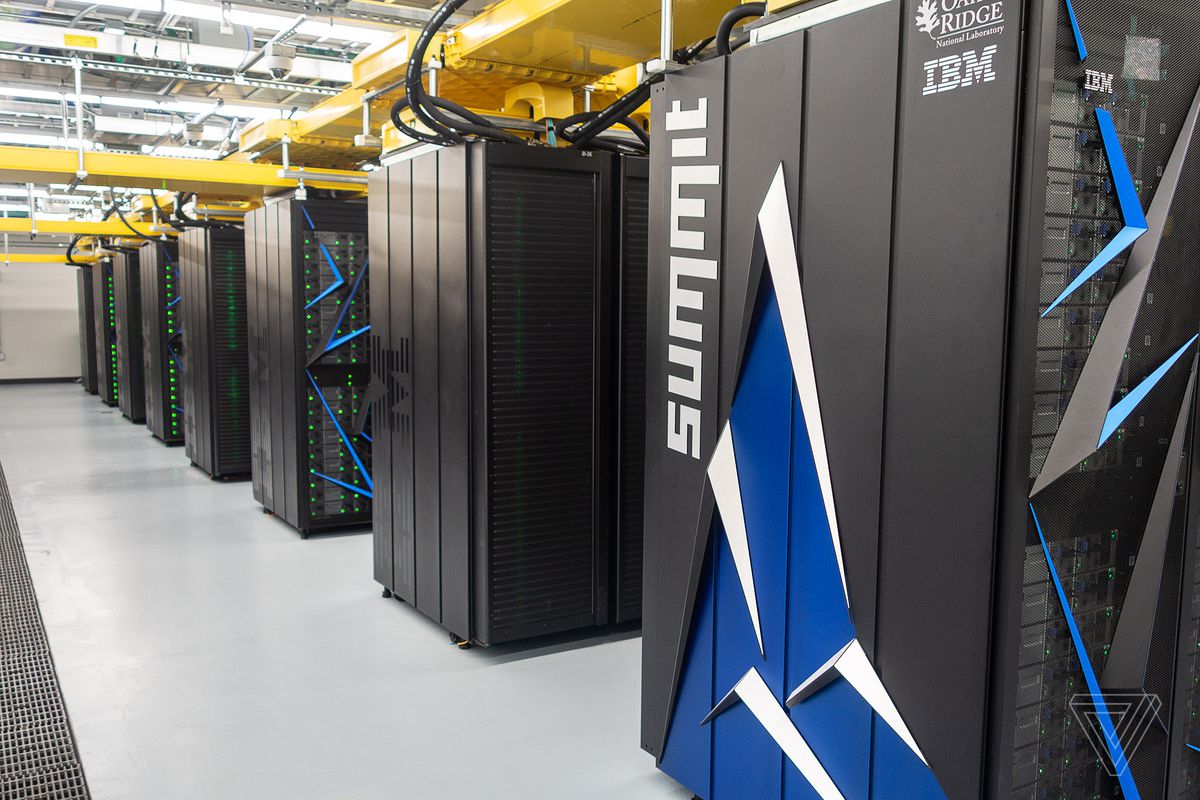For those unaware, Summit is a supercomputer developed by IBM for use at the United States Department of Energy’s Oak Ridge National Laboratory (ORNL), whose primary aim is to allow scientists and researchers to solve complex tasks in the fields of energy, artificial intelligence, human health, and other research areas. It can perform 200 quadrillion floating-point operations per second (FLOPS), which means it is 1 million times more powerful than the fastest laptop. Researchers from ORNL were granted emergency computation time on Summit, using it to perform simulations with unprecedented speed. While the traditional method would take would have taken the researchers years to complete, Summit was able to figure out the drug compounds in the space of just two days, according to a report from CNN. The project was able to identify and study 77 small-molecule drug potential compounds to fight against the COVID-19.
The researchers at Oak Ridge National Laboratory used Summit to perform simulations of more than 8,000 possible compounds to screen for those that have the most opportunity to have an impact on the disease, by binding to the main “spike” protein of the coronavirus, rendering it unable to infect host cells. They ranked the compounds of interest that could have value in experimental studies of the virus. “It took us a day or two, whereas it has traditionally taken months on a normal computer,” said Jeremy Smith, director of the University of Tennessee/ORNL Center for Molecular Biophysics and principal researcher in the study. The findings were recently published in a paper available on the preprint server ChemRxiv.
Why A Supercomputer Is Needed To Fight The Coronavirus
Viruses infect cells by binding to them and using a ‘spike’ to inject their genetic material into the host cell. Summit’s job is to identify drug compounds that could bind to that spike and potentially preventing the virus from invading human cells. Although Summit provided the first step in the analysis, which is identifying promising compounds for the researchers to follow up on, there is no guarantee any of the compounds found by the supercomputer will be effective in practice. The treatment will still require extensive testing and clinical trials to find out which chemicals work best against the virus. “Our results don’t mean that we have found a cure or treatment for COVID-19,” Jeremy Smith, director of the University of Tennessee/Oak Ridge National Laboratory Center for Molecular Biophysics, in a statement. “We are very hopeful, though, that our computational findings will both inform future studies and provide a framework that experimentalists will use to further investigate these compounds. Only then will we know whether any of them exhibit the characteristics needed to mitigate this virus.”
